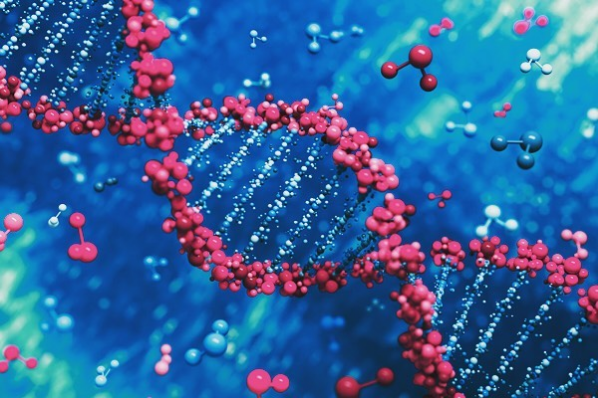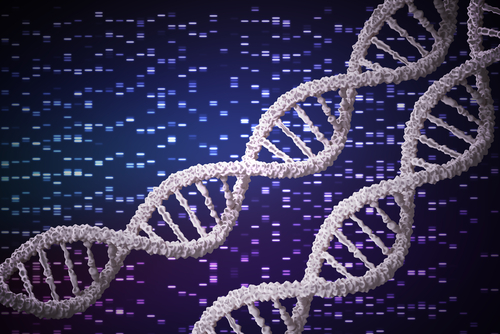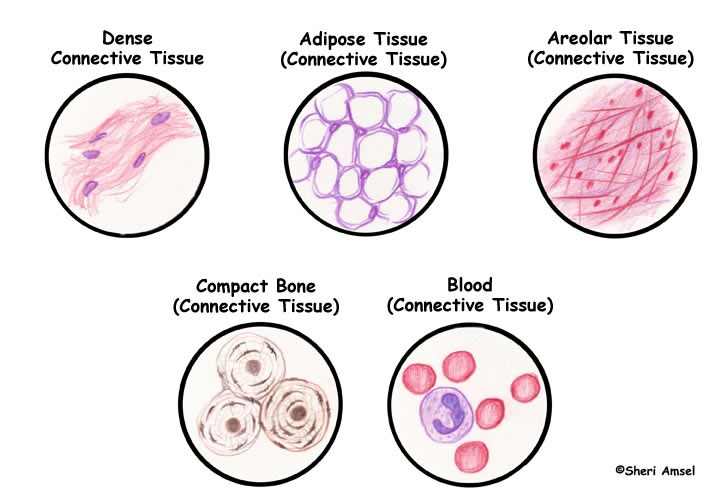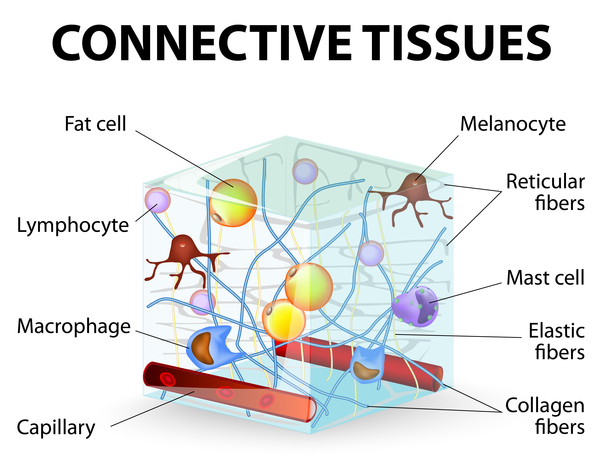Ehlers Danlos Syndromes are a rare group of chronic connective tissue disorders that are mainly caused by the lack of collagen in the body . Collagen is a protein which acts as a glue in the body, and adds strength to the cormective tissue. Along with EDS comes many other disorders and it can cause many other diseases.The international symbol for EDS is a zebra. It means that although zebras are rare, they still do exist. So EDS is considered a really rare condition with a total prevalence of about 0.02% of the world population. It also indicates that no two zebras can have identical stripes. So every person with EDS is uosjad huana affected by it differently.
13 DIFFERENT TYPES OF EDS
1- Classical EDS (cEDS) 2- Classical-like EDS (CIEDS)
3- Hypermobile EDS (HEDS)
4- Vascular EDS (UEDS)
5- Cardiac-valvular EDS (cvEDS)
6- Kyphoscoliotic EDS (KEDS)
7- Arthrochalasia EDS (AEDS)
8-Dermatosparaxis EDS (DEDS)
9- Brittle Cornea Syndrome (BCS)
10- Spondylodysplastic EDS (spEDS)
1l- Musculocontractural EDS (MCEDS)
12- Myopathic EDS (MEDS)
13- Periodontal EDS (PEDS)
( A14th type of EDS has recently been discovered but has not yet been officially classified and named.)
3- Hypermobile EDS (HEDS)
4- Vascular EDS (UEDS)
5- Cardiac-valvular EDS (cvEDS)
6- Kyphoscoliotic EDS (KEDS)
7- Arthrochalasia EDS (AEDS)
8-Dermatosparaxis EDS (DEDS)
9- Brittle Cornea Syndrome (BCS)
10- Spondylodysplastic EDS (spEDS)
1l- Musculocontractural EDS (MCEDS)
12- Myopathic EDS (MEDS)
13- Periodontal EDS (PEDS)
( A14th type of EDS has recently been discovered but has not yet been officially classified and named.)
Most types of EDS are autosomal dominant genetic disorders, which means an EDS parent has a 50% chance passing it to their children. But a person can also have EDS without any EDS parents. That can be through a sporadic genetic mutation.EDS often comes with a condition called Mast Cell Activation Syndrome (MCAS).
It's an immunological condition in which a type of immune cell excessively release inflammatory chemicals; causing many issues like unexplained allergies and rashes, fainting, difficulty breathing, fatigue, nausea, low blood pressure, and brain fogs. 'aunssaud It also forces the body to spend lots of energy to do simple things that seem so natural to other people.
One of the conditions that can come with EDS is Postural Orthostatic Tachycardia Syndrome (POTS). It is a dysfunction of the autonomic nervous system and it makes the body unable to make the necessary adjustments in some cases. It can cause high or low blood pressure, high or low heart rate, chest pain, fainting, temperature deregulation, shakiness, excessive or lack of sweating.
People with EDS often have a disease called Gastroparesis (GP). It is a condition in which the stomach is partially paralyzed and cannot empty itself of food. It causes vomiting, nausea, severe abdominal pain, constipation. Depending on its severity, people with gastroparesis might not be able to eat and may need a feeding tube or other treatments to help them get their nutrients since food that they get by mouth is being vomited and causes lots of pain.
Dysautonomia frequently comes along with EDS. It is a disorder of the autonomic nervous system's function. It can cause breathing issues, constipation, heart issues, blood pressure issues, and many other issues.
Some people with EDS have a condition called Interstitial Cystitis. It's a chronic bladder İSsue. It comes with a feeling of pain and pressure in the bladder area. It's caused by the stretchiness of the bladder, so it doesn't empty itself regularly.
Many people with EDS suffer from Joint Dislocations and Subluxations. Joints can dislocate up to 40 joints per day. Some of the joints that are often dislocated are hips, knees, ankles, toes, shoulders, elbows, wrists, fingers, jaw, and even ribs. Of course, it is so painful when it happens. It's often easy to put joints back in place, but sometimes they get stuck and they don't pop back into their socket. We often wear supportive braces, but they don't always help to prevent dislocations.
It's an immunological condition in which a type of immune cell excessively release inflammatory chemicals; causing many issues like unexplained allergies and rashes, fainting, difficulty breathing, fatigue, nausea, low blood pressure, and brain fogs. 'aunssaud It also forces the body to spend lots of energy to do simple things that seem so natural to other people.
One of the conditions that can come with EDS is Postural Orthostatic Tachycardia Syndrome (POTS). It is a dysfunction of the autonomic nervous system and it makes the body unable to make the necessary adjustments in some cases. It can cause high or low blood pressure, high or low heart rate, chest pain, fainting, temperature deregulation, shakiness, excessive or lack of sweating.
People with EDS often have a disease called Gastroparesis (GP). It is a condition in which the stomach is partially paralyzed and cannot empty itself of food. It causes vomiting, nausea, severe abdominal pain, constipation. Depending on its severity, people with gastroparesis might not be able to eat and may need a feeding tube or other treatments to help them get their nutrients since food that they get by mouth is being vomited and causes lots of pain.
Dysautonomia frequently comes along with EDS. It is a disorder of the autonomic nervous system's function. It can cause breathing issues, constipation, heart issues, blood pressure issues, and many other issues.
Some people with EDS have a condition called Interstitial Cystitis. It's a chronic bladder İSsue. It comes with a feeling of pain and pressure in the bladder area. It's caused by the stretchiness of the bladder, so it doesn't empty itself regularly.
Many people with EDS suffer from Joint Dislocations and Subluxations. Joints can dislocate up to 40 joints per day. Some of the joints that are often dislocated are hips, knees, ankles, toes, shoulders, elbows, wrists, fingers, jaw, and even ribs. Of course, it is so painful when it happens. It's often easy to put joints back in place, but sometimes they get stuck and they don't pop back into their socket. We often wear supportive braces, but they don't always help to prevent dislocations.
<iframe width="560" height="315" src="https://www.youtube.com/embed/rvbBXPKts5c" title="YouTube video player" frameborder="0" allow="accelerometer; autoplay; clipboard-write; encrypted-media; gyroscope; picture-in-picture" allowfullscreen></iframe>
.png)
.png)



